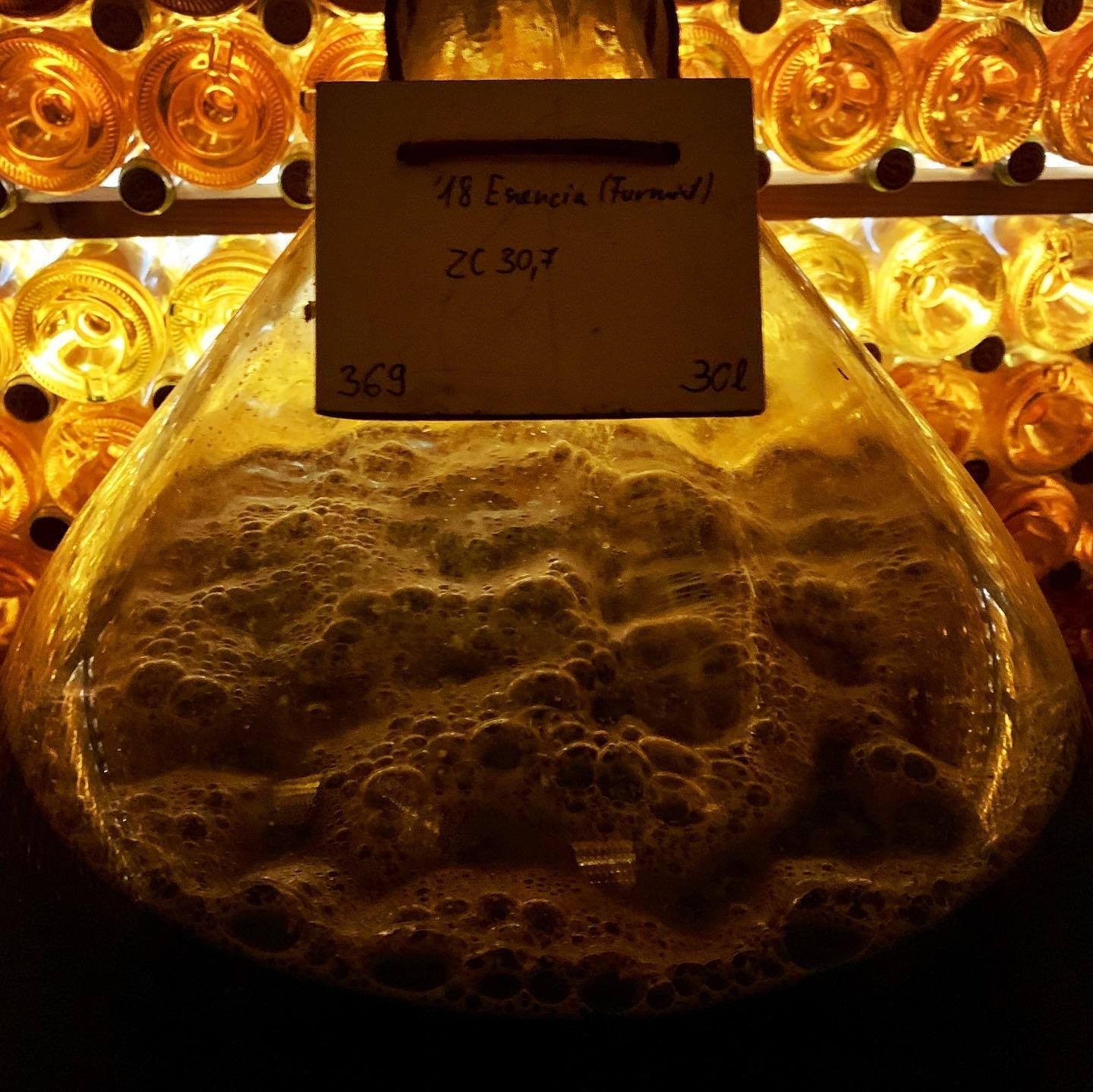Tokaj: the wine of Kings, the King of wines
Deputy Head Sommelier, Emmanuel Cadieu visited the vineyards of Tokaj in Hungary, and tasted their exceptional wines. He’s sharing his adventure with us.
Part 1 of 2
“I was dreaming for a long time of going to the historic wine region of Tokaj. I’ve decided to make it happen this year and spent a few days visiting those magical and legendary cellars, splitting my time between wine tastings and walks in the vineyards, meeting ten local producers(*).
The vineyard of Tokaj is located to the Northeast of Hungary, bordering the neighbouring Slovakia. It is two and a half hour away from Budapest by car. The wine region is delimited to the North by the Zemplen mountains range (part of the Carpathian) and to the South by the river Bodrog.
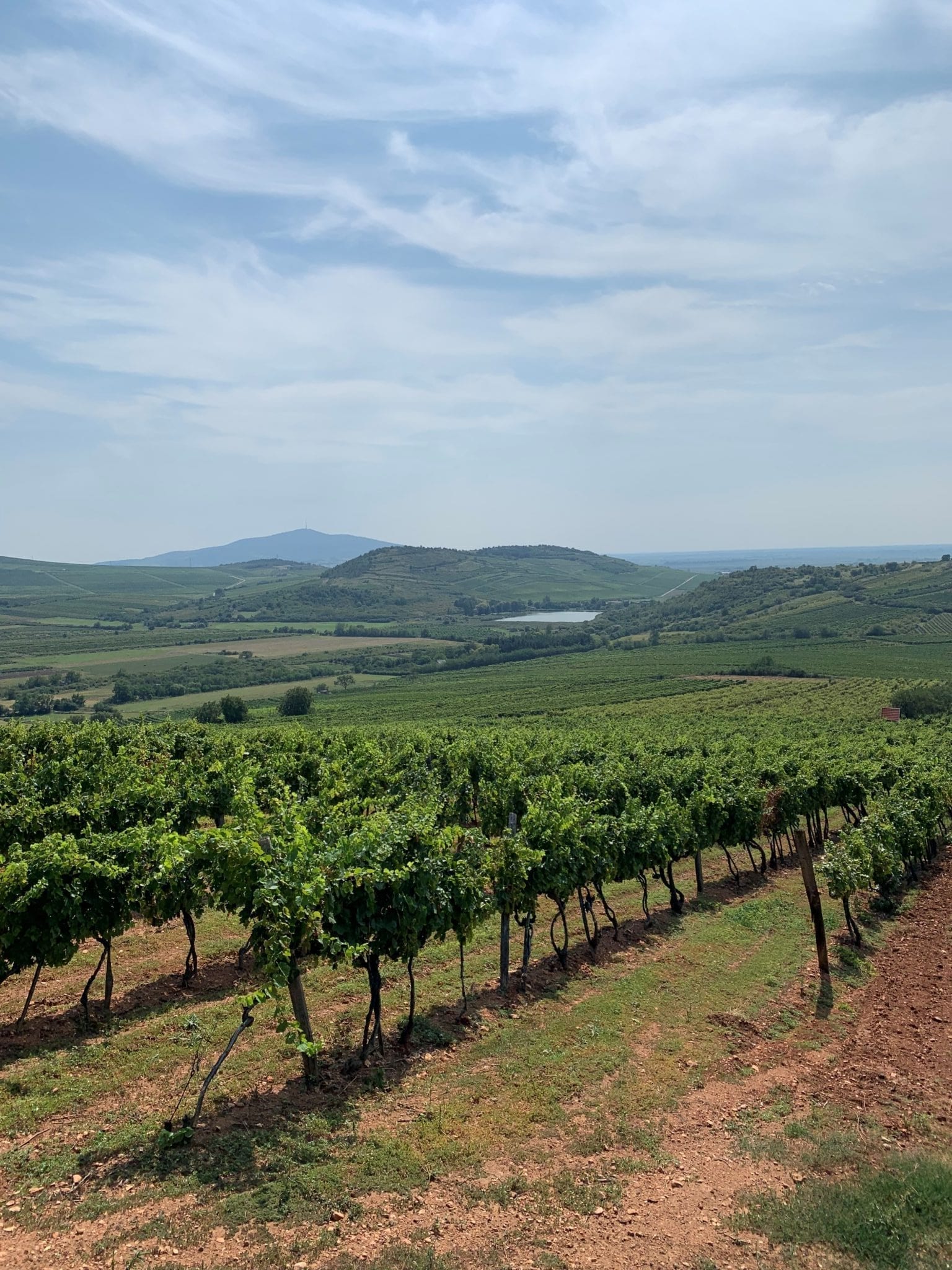
About 5,500 hectares of vines are planted in the vineyard of Tokaj, covering 27 different villages.
Furmint is dominating (70%), followed by Harslevelu (18%) and Sarga Muskatoly (9%). The remaining is planted with Zeta, Koverzolo and Kabar.
The star and most planted grape variety, Furmint, is highly prised for its late ripening, prone to Botrytis, and its naturally high acidity, key in the production of sweet wines.
Tokaj might be the world’s oldest classified vineyard of the world with first mentions dating back to 1641 and a Royal decree from 1737 has even established the production of wine in the region.
It has been declared a Unesco World Heritage site in 2002.
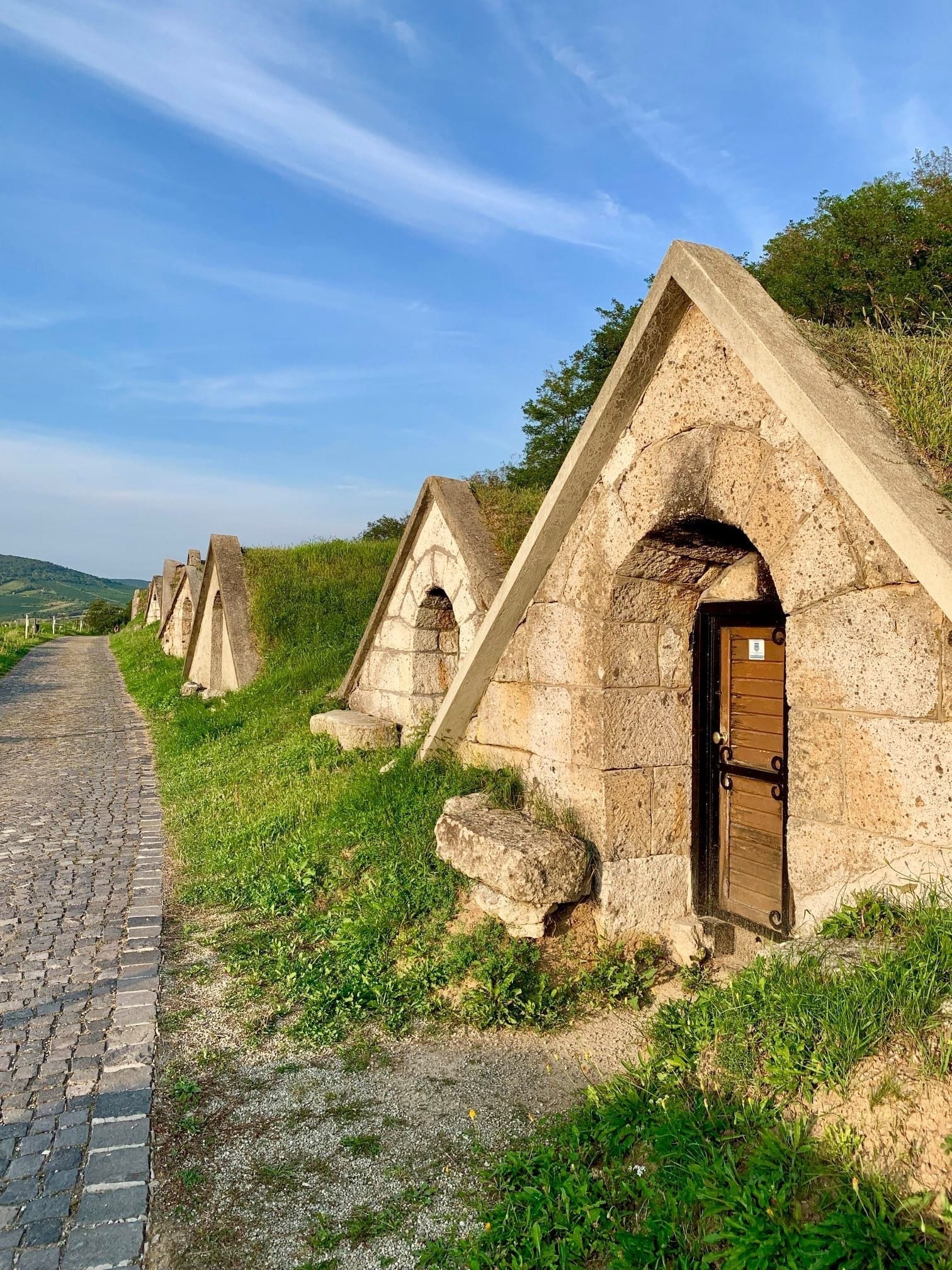

The historic cellars have been carved into the volcanic rocks.
Originally local population were carving those holes into the hills in order to protect themselves against the reoccurring invasions in the region.
The cellars were then properly built and now contain the sweet golden liquid, creating the perfect environment to age those little gems with a constant humidity of 85-95% and a temperature between 10 and 12C. The walls of the cellars are usually covered with a specific mold which feeds off the alcohol evaporated over the years from the wine.
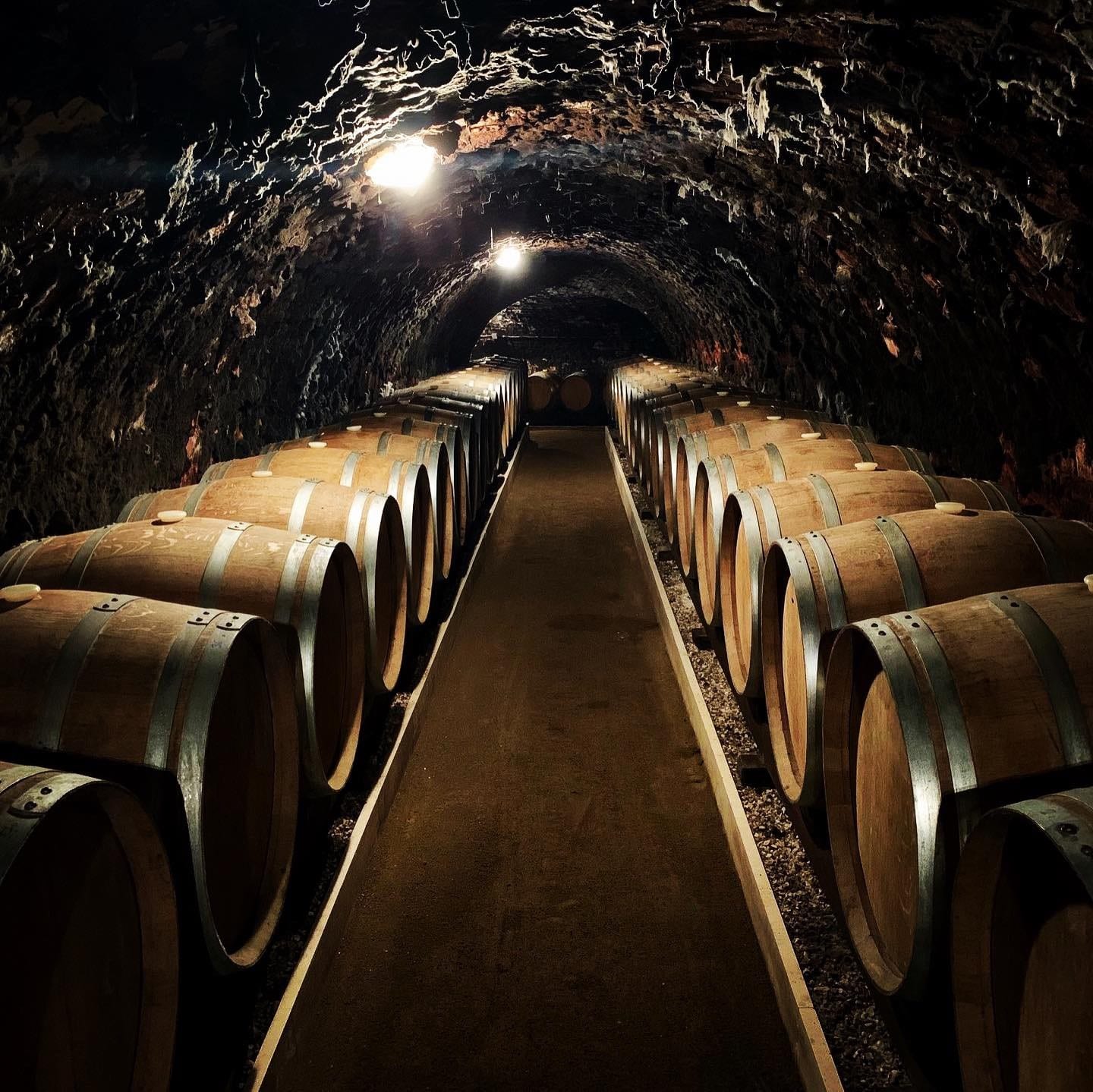

I have been amazed to see the diversity of the landscape and vineyards.
The vineyard is planted on volcanic hills but the reality is slightly more complex than this. The subsoil is composed of tuff and is indeed covered of loess, mixtures of rock and clay, rhyolite, andesite, dacite, bentonite, zeolite, kaolin, opal, and obsidian, giving a wide range of different micro-terroirs and different expressions of wines.
The development of the Noble Rot (aka Botrytis, a fungus allowing the production of sweet wines) is possible due to the proximity of two confluents of the Danube, the Bodrog and the Tisza, providing the perfect conditions for wines made with Botrytis.
The morning mist allows the development of the fungus while the sunny and windy afternoons ensure that the grapes dry out and remain healthy.
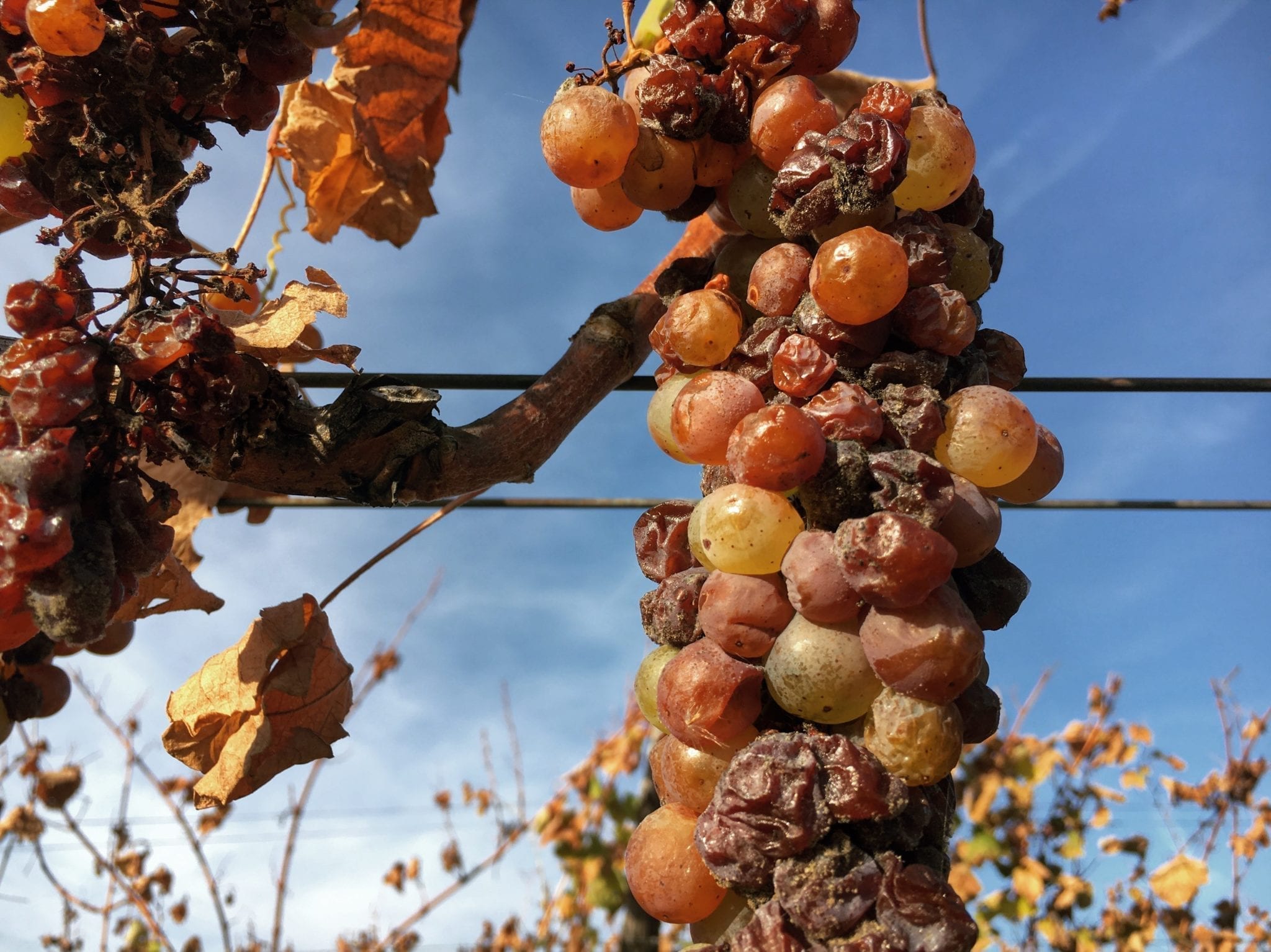

The Botrytis concentrates aromas, sugar and acidity in the grapes, turning the grapes into brown and shrivelled berries.
The wine resulting is usually showing an outstanding diversity of aromas, from orange marmalade to confit apricot, going through saffron, dried mango, honey, ginger and so on.”
Discover the tasting notes and various styles, especially their dry wines, will follow in next post.
*Wine producers visited by Emmanuel: Oremus, Barta, Balassa, Kiralyudvar, Disznoko, Samuel Tinon, Szepsy, Demeter, Lenkey, Holdvolgy
